Increased Focus on Worker Safety
Worker safety remains a paramount concern in various industries, significantly influencing the industrial vacuum-cleaner market. The implementation of stringent safety regulations has prompted companies to invest in equipment that minimizes health risks associated with dust and particulate matter. Industrial vacuum cleaners equipped with HEPA filters and other advanced features are becoming essential tools for ensuring a safe workplace. Data indicates that companies prioritizing worker safety can reduce workplace accidents by up to 30%, thereby enhancing productivity. As organizations recognize the importance of maintaining a safe environment, the industrial vacuum-cleaner market is expected to witness sustained growth, driven by the demand for equipment that aligns with safety standards.
Growth of E-commerce and Warehousing
The rise of e-commerce has led to a significant increase in warehousing and distribution centers, directly impacting the industrial vacuum-cleaner market. As online retail continues to expand, warehouses require efficient cleaning solutions to manage high volumes of inventory and maintain operational efficiency. The demand for industrial vacuum cleaners in these settings is expected to grow by 10% over the next few years, driven by the need for quick and effective cleaning methods. This growth is further supported by the increasing focus on maintaining a clean and organized workspace, which is essential for optimizing logistics and ensuring customer satisfaction. Consequently, the industrial vacuum-cleaner market is likely to thrive as it caters to the evolving needs of the warehousing sector.
Expansion of Manufacturing Activities
The industrial vacuum-cleaner market is poised for growth as manufacturing activities expand across the United States. With the resurgence of domestic production and the establishment of new manufacturing facilities, there is an increasing need for efficient cleaning solutions to manage dust, debris, and hazardous materials. The manufacturing sector is projected to contribute significantly to the market, with estimates suggesting a potential increase in demand by 8% annually. This growth is driven by the need for maintaining safe and clean working environments, which is critical for both employee safety and equipment longevity. As manufacturers invest in advanced cleaning technologies, the industrial vacuum-cleaner market is likely to see a corresponding rise in sales and innovation.
Rising Demand for Cleanliness Standards
The industrial vacuum-cleaner market is experiencing a notable surge in demand driven by heightened cleanliness standards across various sectors. Industries such as manufacturing, food processing, and healthcare are increasingly prioritizing hygiene, leading to a greater reliance on advanced vacuum-cleaning solutions. According to recent data, the market is projected to grow at a CAGR of approximately 6.5% over the next five years, reflecting the urgency for effective cleaning equipment. This trend is particularly evident in facilities that require stringent sanitation protocols, where industrial vacuum cleaners play a crucial role in maintaining compliance. As businesses strive to meet regulatory requirements, the industrial vacuum-cleaner market is likely to benefit from this growing emphasis on cleanliness and hygiene, positioning itself as an essential component in operational efficiency.
Technological Integration in Cleaning Solutions
The industrial vacuum-cleaner market is increasingly influenced by the integration of technology into cleaning solutions. Innovations such as IoT connectivity, automated cleaning systems, and real-time monitoring capabilities are transforming traditional cleaning practices. These advancements not only enhance operational efficiency but also provide valuable data for maintenance and performance optimization. The market is projected to grow by approximately 7% annually as businesses adopt these smart technologies to streamline their cleaning processes. This trend indicates a shift towards more sophisticated cleaning solutions that can adapt to the specific needs of various industries, thereby positioning the industrial vacuum-cleaner market as a leader in technological advancements.


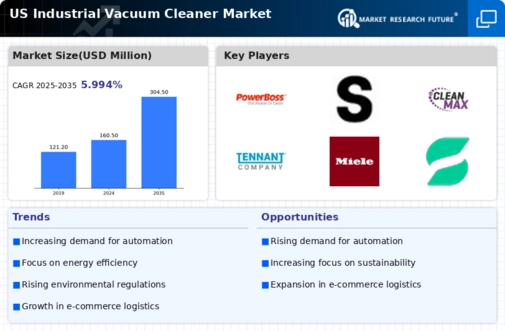


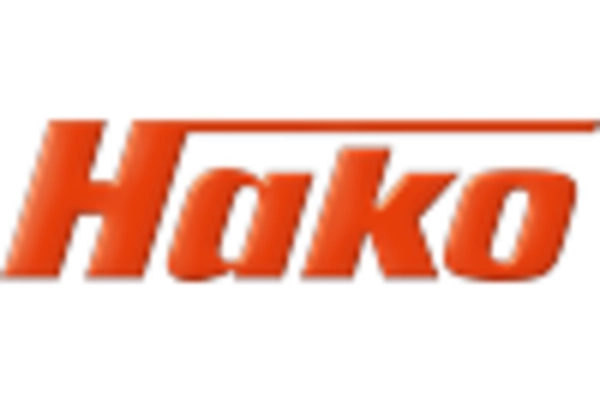
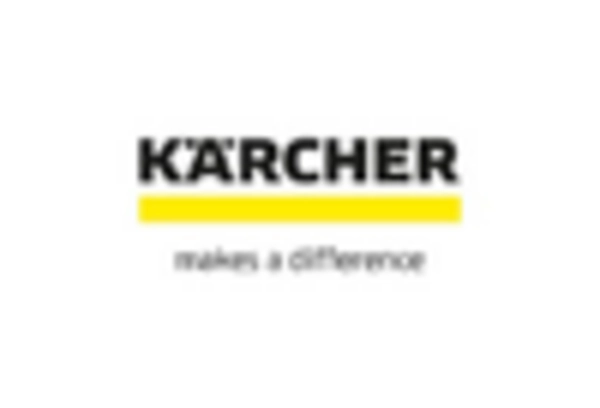
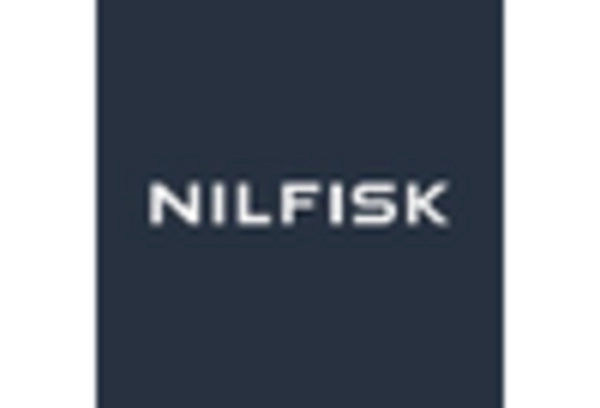
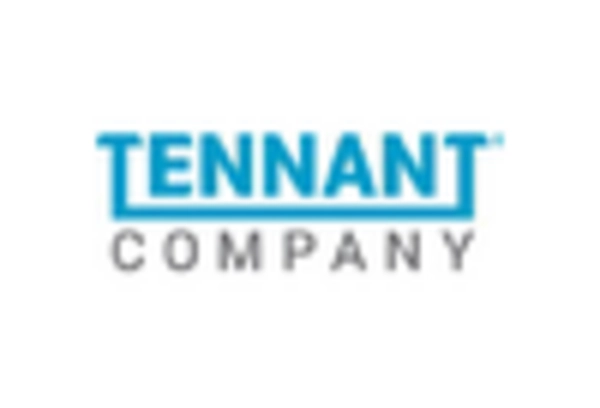








Leave a Comment